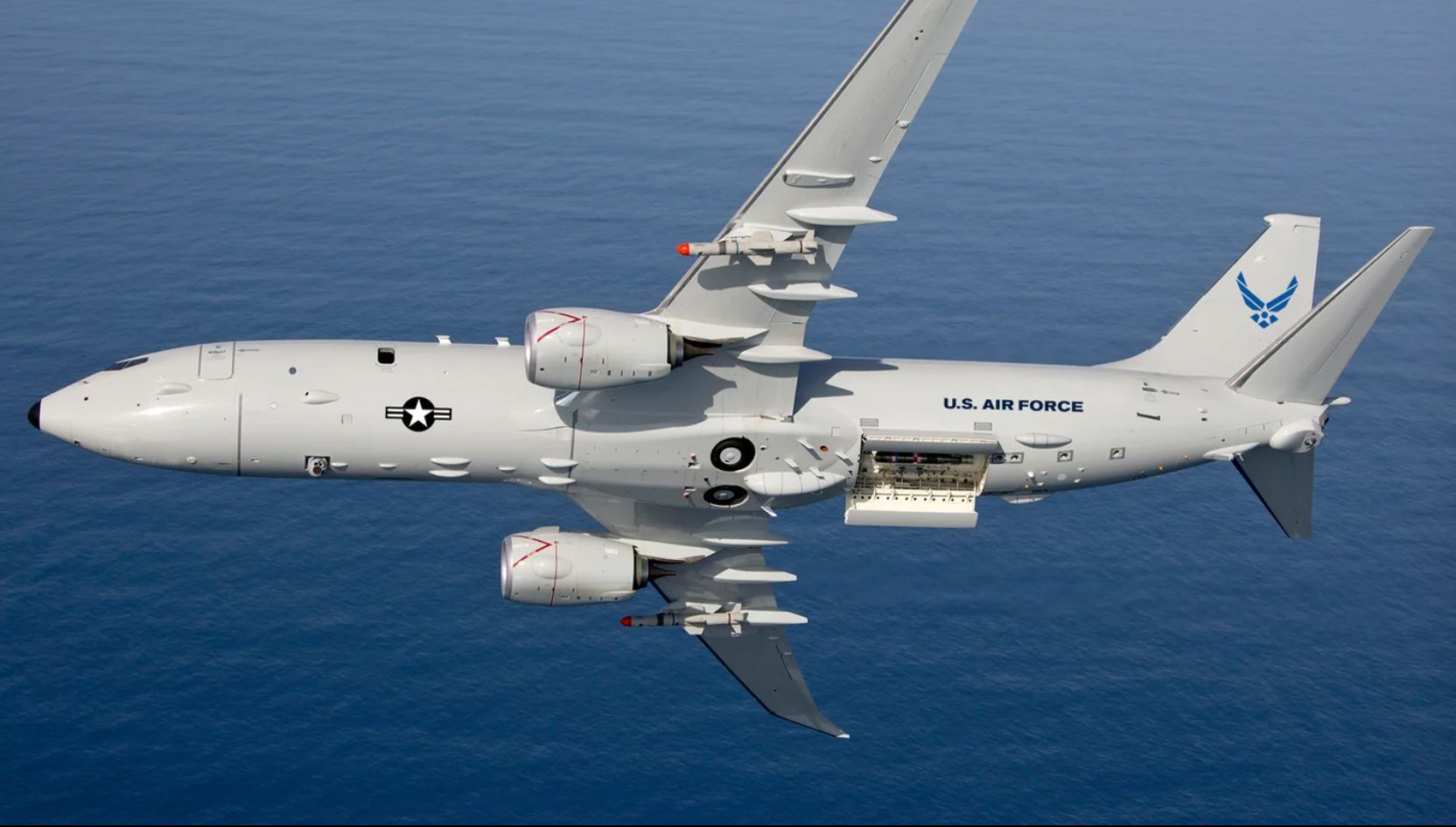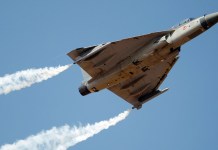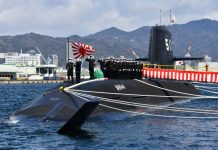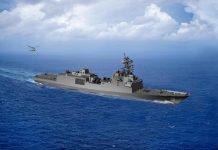With an eye on China’s burgeoning naval strength, the US Navy’s P-8 Poseidon ‘submarine hunter’ is getting a new long-range, ship-killing missile with a surface strike capability beyond 550 kilometers.
The Maritime Patrol Aircraft will receive the same Long-Range Anti-Ship Missile that gives the F/A-18 E/F Super Hornet its lethal punch. The aircraft maker Boeing will pitch it to other P-8 operators, including Australia, New Zealand, and India.
Boeing, the manufacturer of the P-8, is working to integrate Lockheed Martin’s Long-Range Anti-Ship Missile (LRASM) into the aircraft. Testing is currently underway, and the aircraft with added teeth will soon be at the disposal of the US Navy.
The US Navy sent Boeing the first P-8A Poseidon aircraft to be modified with Increment 3 Block 2 capabilities on March 27, 2024. The fleet will be outfitted with full anti-submarine warfare (ASW), anti-surface warfare (ASuW), and intelligence, surveillance, and reconnaissance (ISR) capabilities.
The first fleet aircraft modification is expected to be complete in January 2025. The P-8A is expected to carry four missiles under its wings. The LRASM is too large to fit in the aircraft’s weapons bay.
“The testing is currently going well. We expect it to be done later this summer if all things continue as planned. And that’ll be yet another capability that the US Navy will have at its disposal,” Jon Spore, Boeing senior business development representative for the P-8, said in a briefing with reporters during a visit at the company’s facilities in Jacksonville, Fla.
Presently, the US Navy’s P-8A Poseidon deploys AGM-84D Block 1C Harpoon anti-ship missiles for their anti-surface warfare missions. Incremental future upgrades include the AGM-84 Harpoon II+ variant, which brings GPS and a data link that allows the shooter to change the missile’s target in flight. The venerable (and world-famous) Harpoon will have to be replaced.
Lockheed Martin’s LRASM is a mature technology designed to target specific ships by employing advanced technologies. It is expected to play a significant role in achieving the goal of a free and open Indo-Pacific.
Equipped with BAE Systems’ long-range sensor and targeting technology, LRASM can detect and engage protected ships in all weather conditions, day or night, without relying on external intelligence and navigation data.
The LRASM is a derivative of the US Air Force’s AGM-158B Joint Air-to-Surface Strike Missile-Extended Range cruise missile. It fills an air-launch capability gap and provides flexible, long-range, advanced anti-surface capability against high-threat maritime targets. Semi-autonomous guidance algorithms will allow it to use less precise target cueing data to find specific targets in the contested domain.
The P-8A will be receiving an upgrade to airframe and avionics systems and includes new airframe racks, radomes, antennas, sensors, and wiring. The aircraft will also be getting a new combat systems suite with improved computer processing and higher security architecture capability, a wide band satellite communication system; an ASW signals intelligence capability, a track management system, and additional communications and acoustics systems to enhance search, detection, and targeting capabilities.
The upgrades to be done under Increment 3 Block 2 will allow aircrews to search for, locate, and track the world’s most advanced submarines, enabling the fleet to pace the threat with the required capability and capacity to win the fight.

P-8 Submarine Hunter
The P-8 has two variants: the P-8I, flown by the Indian Navy, and the P-8A Poseidon, flown by the US Navy, the United Kingdom’s Royal Air Force, Royal Australian Air Force, Royal Norwegian Air Force, and Royal New Zealand Air Force.
Other countries, such as the Republic of Korea Navy, the German Navy, and the Royal Canadian Air Force, have also selected the aircraft.
‘Raptor Salad’ For Lunch! US F-22 Raptor Outgunned, Outmaneuvered By German Eurofighter Typhoon?
The P-8A Poseidon was designed to replace the older P-3 Orion. It entered service in 2013 and has since become one of the most successful maritime patrol aircraft globally.
Most recently, the P-8A as part of the Rim of Pacific Exercise (RIMPAC-24) took part in hunting a US Navy Los Angeles-class attack submarine USS Topeka (SSN 754). The nuclear submarine is the fourth improved Los Angeles-class vessel, featuring a more durable hull that allows the warship to dive deeper than other unmodified vessels of its class.
The Royal Australian Air Force’s P-8A began the mission with range surveillance, “essentially flying a grid search pattern at low altitude to hunt down the exact location of the submarine,” the release said. In the exercise, the P-8s were given the broad coordinates for the submarine’s location, but the crew had to independently “establish organic tracking and attack criteria,” the 3rd Fleet release said.
P-8 Poseidon naval aircraft in the fleet of the AUKUS countries have been harassed by Chinese aircraft while on patrol missions in the Pacific. The Poseidon has cruise missiles and torpedoes to attack submarines and surface ships.
In August 2014, a Chinese Shenyang J-11 fighter came within 30 feet (9.1 m) of a USN P-8A while patrolling the South China Sea. The J-11 flew past the P-8’s nose and performed a barrel roll at proximity.
It created minor diplomatic fracas. In November 2016, a Russian Su-30 fighter jet intercepted a P-8 over the Black Sea. The Russian fighter came within 5 feet of the aircraft, forcing the P-8 through its jet wash.
- Ritu Sharma has been a journalist for over a decade, writing on defense, foreign affairs, and nuclear technology.
- The author can be reached at ritu.sharma (at) mail.com
- Follow EurAsian Times on Google News




